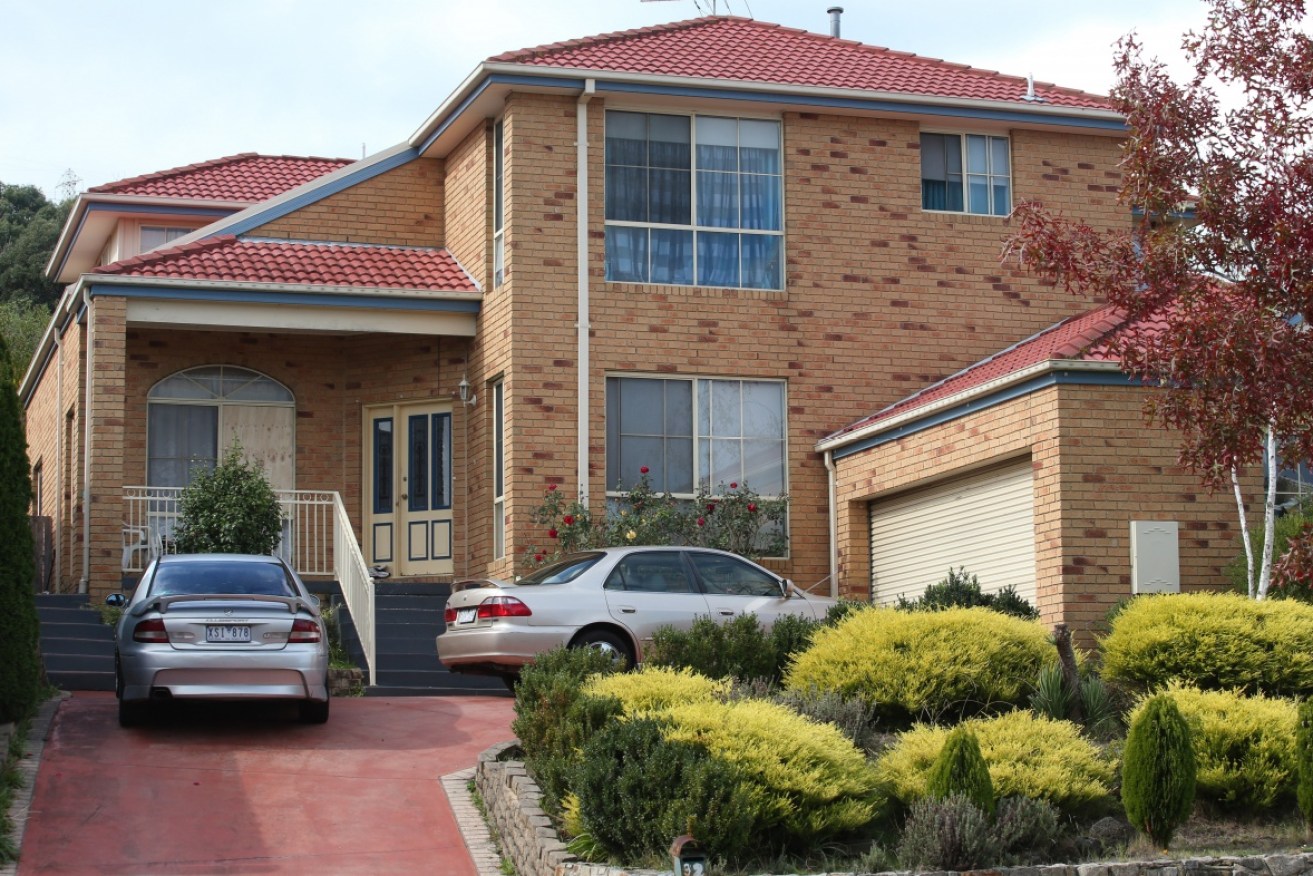Winning from the apartment glut: here’s how to do it


Suburbs make congestion.
The Australian property scene could be seen as a tale of two markets.
The first is one of upward growth and record auction prices, those homes in blue-chip suburbs that people bid furiously to own.
Then there is the new-build apartment market, which experts have been warning for some time is facing a downturn due to oversupply, especially in Brisbane and Melbourne.
• RBA boss relieved by cooling property market
• What your property will be worth in three years
• Crowdfunding offers a new property path
Now with BIS Shrapnel predicting flattening prices in the Australian property market over the next few years, the glut of apartments in our capital cities has been brought into sharp relief.
September statistics from CoreLogic RP Data’s latest Pain & Gain report shows the proportion of apartments selling for less than the purchase price rose in Melbourne, Brisbane, Canberra, Perth and Darwin in the second quarter. That brings the capital city average to 8.4 per cent from 8.1 per cent in June.
New data from the Real Estate Institute of Victoria shows the median price for one-bedroom units in metropolitan Melbourne had decreased by $5000, or 1.4 per cent, to $355,000 in the year to September.
But is the apartment glut all doom and gloom or does it present an opportunity for first homebuyers?
Seize the glut
Co-founder of Property Investor Solutions, Milly Brigden, thinks first homebuyers should be savvy and not wait until they can afford a standalone home.

A glut of projects on the fringe of Brisbane’s CBD may put investors off. Photo: AAP
“It is a great opportunity for first homebuyers to enter the market at an affordable price point,” she says.
“The glut will be absorbed eventually so the trick is to buy now when prices are lower and you are in the market then.”
New rules governing lending to investors have resulted in many speculators leaving the market as investors are big apartment buyers. Ms Brigden pointed out that this levels the playing field somewhat, making apartments cheaper.
“A lot of investors who want to turn over properties quickly have left so my advice would be to buy now and hold,” she says.
Choose your suburb wisely
In 2014/15 a record of 210,000 new dwellings were completed, and in 2015/16 another 200,000 properties will be released.
That is a lot of stock coming onto the market and Ms Brigden recommends choosing areas where the glut is not as pronounced.
This will allow buyers to achieve a measure of capital growth faster than other apartment-dense areas.
“The CBD in Melbourne and parts of Fortitude Valley (on the edge of Brisbane’s CBD) have quite a lot of projects so I would avoid those, for example,” Ms Brigden says.
“But look for inner-city apartment areas that have good demographics and buy apartments in blocks of fewer than 20 as it will mean less competition when it comes time to sell.”
While rental yields are lower at the moment due to the glut, Ms Brigden usually looks for an apartment yield of between 5 and 6 per cent, which is often much higher than house yields.
“This will be a great income for those who plan to rent their apartment out in the future when yields return to healthier levels,” she explains.
Think long-term
Sales Director at Melbourne property developer Steller, James Cirelli, agrees that there are opportunities in the apartment sector, but buyers will struggle to make money in the short-term.

Investors are being urged to enter the market with a long-term strategy. Photo: AAP
“If anyone comes to me and is hoping to make money off real estate in 12 months, I suggest they don’t buy,” he says.
“It is a long-term investment.”
Mr Cirelli specialises in medium-density apartments in the inner-ring suburbs of Melbourne and said the trick to buying well in a glut is to look for that “point of difference”.
“Go for an apartment that is in a really small block and doesn’t have high body corporate fees,” he advises.
“Be aware of developers’ incentives to buy because if they have to work so hard to sell a property there is something wrong.”
Mr Cirelli also says that downsizers and retirees could sell their homes and still have enough leftover to bank some money and buy a decent apartment.
“Apartments are good low-maintenance options for retirees, and offer better security for an elderly single person,” he says.
Ditch the housing complex
Director at Plus Architecture Craig Yelland is an industry expert on apartment living and high-density development, and for the past 15 years he and his family have lived in apartments.

Craig Yelland believes living in a house leads to a more sedentary lifestyle. Photo: AAP
“Houses equal more suburbs equal more roads and more roads equal more traffic,” he says.
“Your lifestyle in a house equals living in a car. You drive to everything, eat in a lot and exercise less.
“Obesity and depression increase with the distance from the city.”
Mr Yelland recommends ditching the house and moving to an apartment in a great area for the lifestyle alone.
“Sacrifice those spare rooms you never use and the ball and chain that is your unkempt garden,” he says.
“Spend your time having a coffee, shopping or doing sport.”
What to look for?
Craig Yelland recommends looking for apartments with the following attributes:
1. Location: the building must have immediate access to local shops, public transport, great cheap eats and numerous coffee shops.
2. Design: the building must push great design. It must excite the people living in it and instill a sense of pride.
3. Communal facilities: the building itself is an extension of the small apartment. It must have both useful and fun spaces, such as lobby bar, gym, lounge, rooftop cinema or theatre.
4. Apartment design: the plan of the apartment must be functional and cool.
5. Affordability: smaller spaces are cheaper to buy. It’s a simple principle.









